Do you have groundhogs living under your shed? These pesky critters can cause a lot of trouble for homeowners, from gnawing through wires to destroying foundations and other parts of the home. If this is something you are dealing with or trying to prevent, it’s important to understand how to get rid of groundhogs once they’ve taken up residence. In this blog post, we’ll discuss various tips and tricks on getting rid of these dangerous pests so that you can keep your property and family safe from harm. Read on for our comprehensive guide!
What Are Groundhogs?
Groundhogs belong to the squirrel family, and are also referred to as woodchucks or whistle pigs. Found in much of the United States and Canada, these animals typically create their burrows near human habitation. Unfortunately, that means they can make homes under outbuildings like sheds or decks. If you suspect a groundhog is living underneath your shed, there are several steps you can take to get rid of it humanely.
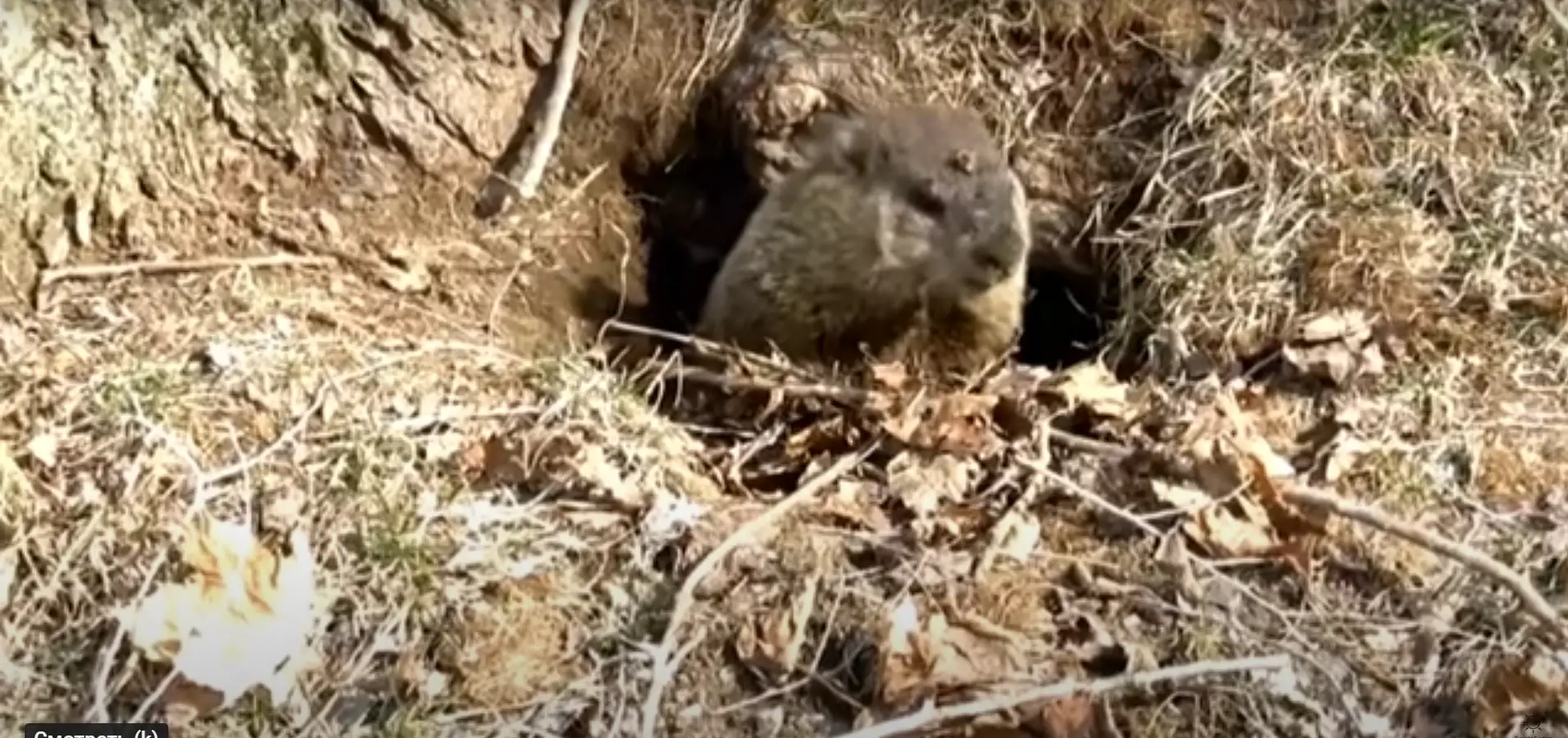
Woodchuck vs. Groundhog: What’s the Difference?
Though they may look similar and behave the same, there is a difference between groundhogs and woodchucks. Woodchucks are heavy-bodied rodents that measure approximately 20 inches in length and weigh approximately 4 to 8 pounds. They have reddish-brown fur with white patches on their chests and white fur underneath. Groundhogs, on the other hand, are much larger animals that measure up to 30 inches in length and can weigh as much as 13 pounds. They have brown or gray fur with cream or black markings on their heads, backs, and tails.
Woodchucks prefer to burrow near homes or sheds where humans provide them easy access to food sources like gardens, compost piles, bird feeders, etc. They dig deeper and wider burrows than groundhogs, typically in areas with ample soil cover or vegetative ground cover. Groundhogs prefer more open spaces like pastures and grassy meadows where they can easily spot predators. [1]
Are Groundhogs Dangerous?
Groundhogs (Marmota monax) are actually pretty harmless animals. Generally speaking, they do not pose a threat to people or property. However, if they are disturbed or harassed, groundhogs can become aggressive and may try to bite. Because of this, it is best to use caution when dealing with a groundhog that has taken up residence under your shed.
In addition to being potentially dangerous, groundhogs can cause damage to the structure of your shed as well as its contents. Groundhogs have sharp claws and teeth that can damage wood and other materials used in construction. They also like to dig burrows beneath buildings which may weaken their foundation and put them at risk for collapsing. For these reasons, it is important to take steps to get rid of groundhogs that have taken up residence beneath your shed.

What Are Groundhogs Afraid Of?
Groundhogs are naturally timid creatures, so there are several things that can be used to scare them away. Loud noises, bright lights, and unpleasant smells can all be used to keep groundhogs away from your shed. This can include anything from banging pots and pans together to setting up a motion-activated sprinkler system or strobe light around the area of your shed. You can also use strong smelling substances like ammonia or vinegar as a deterrent. While none of these methods will kill the groundhog, they should be enough to get it to leave and not come back.
How to Remove Groundhogs from Under a Shed or Deck: 13 Methods
1. Catch and Relocate
This is the most humane way to remove a groundhog from under your shed or deck. You can buy or build a live trap and set it near the entrance of their den. Wait for the groundhog to enter and then release it in a safe, distant location. [2]
2. Animal Repellent
To keep groundhogs away from under your shed, a mixture of predator urine, ammonia, and mothballs can be used effectively. Place the repellent near the entrance and around the foundation of your shed to make sure they stay away.
3. Sonic Groundhog Repeller
These devices use sound waves to deter groundhogs from entering your property. It may take a few weeks for the groundhog to get the hint, but eventually it will leave.
4. Fumigation
Using smoke or gas can be an effective way to get rid of groundhogs. You will need to hire an exterminator who is certified in using these methods according to local laws and regulations.
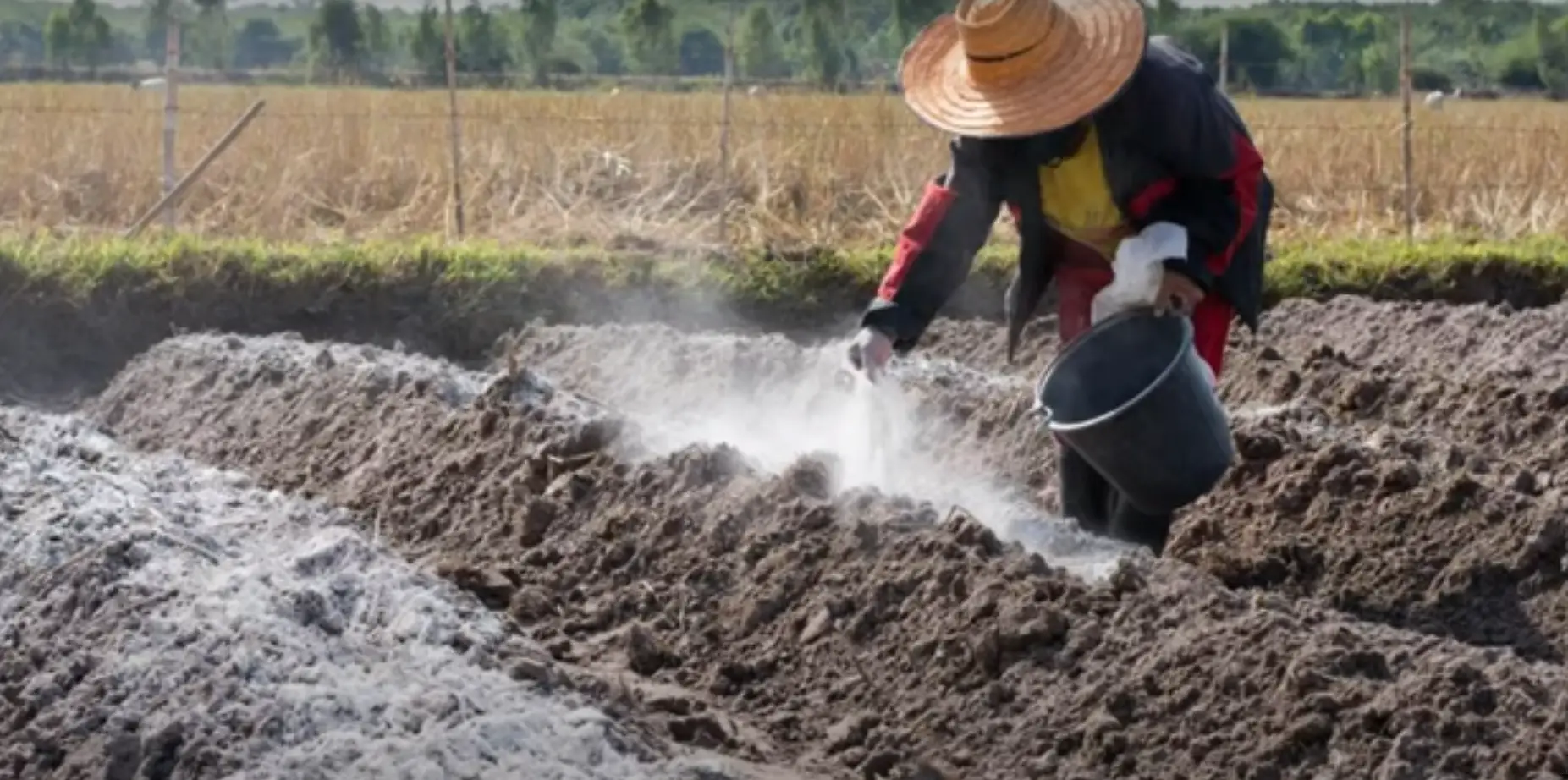
5. Ammonia
Groundhogs are not fond of strong scents and odors. One way to get rid of them is by placing a rag soaked in ammonia around the shed. This will help drive them away from the area. [3]
6. Mothballs
Another way to keep groundhogs away is by sprinkling mothballs around the area. The strong smell of mothballs is unpleasant and can help deter groundhogs from coming near your shed.
7. Get a Cat or Dog
Cats and dogs are natural predators of groundhogs. Having one around your shed can help keep the pests away.
8. Blood Meal
Blood meal is a natural fertilizer composed of dried blood that can be used to ward off groundhogs. Sprinkle it around the shed and it will help repel any groundhogs in the area.
9. Talcum Powder
Talcum powder can also be used to repel groundhogs. Sprinkle it around the base of your shed and it will help keep them away from the area.
10. Hair and Urine
Sprinkle repellent around the perimeter of your shed to keep groundhogs away. Hair from a dog or cat, either human or animal urine, and predator scat can be used as natural deterrents. [4]
11. Spicy Spray
Mix a tablespoon of hot pepper sauce with a gallon of water and spray it around the perimeter of your shed. This spicy mixture will irritate groundhogs when they come into contact with it and make them leave.
12. Pepper and Garlic
Mix crushed red pepper and garlic powder with water in a spray bottle. Spray it around the shed to keep groundhogs away from the area.
13. Spread Agricultural Lime
Groundhogs don’t like the taste or smell of agricultural lime. Spread it around the perimeter of your shed and around any holes you have found in your yard to deter groundhogs from coming back. [5]
Call a Professional
If the groundhog problem is big and beyond your control, you may need to call a professional wildlife specialist. The experts will have the right tools and knowledge to safely handle the situation. Trapping is generally seen as one of the best ways to get rid of groundhogs under a shed but it should be done carefully and humanely with respect for the animal’s welfare.
No matter what solution you choose, it’s important to remember that groundhogs are wild animals and should not be harmed or killed when possible. Taking the time to figure out a humane method of removal is much more effective than attempting quick fixes like poisoning them with toxic substances. With the help of an expert, getting rid of groundhogs under your shed can be done safely and efficiently.
How to Prevent a Groundhog for Burrowing Under Shed
Fencing
A good way to deter groundhogs from burrowing under your shed is by providing some sort of barrier. A simple chicken wire fence can be installed around the perimeter of the shed and underground. This will stop any groundhogs from getting close enough to begin burrowing. Additionally, it’s important to make sure the fence extends at least a foot below the surface of the soil so that it will have maximum effectiveness.
Repellents
Groundhog repellents are also an option for keeping them away from your shed. These repellents come in various forms such as sprays, granules, or pellets and contain ingredients like putrescent egg solids or other strong smells designed to keep animals away. While they may not always be 100% effective, they can provide an extra layer of protection and make it more difficult for groundhogs to get close enough to start burrowing.
Remove Food Sources
Another way to prevent groundhogs from burrowing under your shed is to remove any potential food sources. If you have a garden or compost pile near the shed, make sure it is kept clean and free of debris that could attract rodents. Additionally, keep pet food and birdseed away from the area as this can be an additional source of food for groundhogs. [6]
Habitat Modification
Groundhogs will also look for areas with plenty of cover when they are looking for places to burrow. If there are any bushes or shrubs near your shed, trim them back so that they don’t provide as much cover. Additionally, make sure any gaps or cracks in the shed’s foundation are filled in to further reduce its appeal to groundhogs.
Are Groundhogs Active at Night?
Groundhogs are mainly active during the day, but they can also be seen moving around at night. To deter groundhogs from nesting under your shed and other areas of your property, it is important to take them during the day and night. During the day, you can use light traps, repellents, and exclusion techniques to keep them away. At night, however, another approach may be necessary.
When preventing groundhog activity around your shed, remember that persistence is key. Continue regularly checking the area and taking appropriate action to keep them away. Eventually, they’ll learn that this isn’t a safe place for them and will find somewhere else to nest. With enough effort, you should be able to get rid of groundhogs from under your shed in no time!

Is It Hard to Get Rid of Groundhogs?
Getting rid of groundhogs from underneath your shed can be a challenging task. Groundhogs are persistent and they will continue to search for food and shelter until they find a suitable place to call home. However, if you take the right steps and use proper exclusion techniques, eventually you’ll be able to get rid of them completely.
The key is to make sure that all possible entrance points into the area beneath your shed are blocked off or sealed up properly. If there is an easy way in, then it is likely that groundhogs will return again in the future, so it’s important to do as much as you can beforehand. Additionally, using motion-activated lights and sound deterrents may help keep them away during night hours.
With enough effort and a bit of patience, you should be able to get rid of groundhogs from under your shed in no time! [7]
Additional Tips for Getting Rid of Groundhogs
In addition to sealing up access points and using motion-activated lights and sound deterrents, there are a few other techniques you can use to help keep groundhogs away. Here are some additional tips that may help:
- Create an unattractive environment – Put unpleasant items such as straw, horsehair, or ammonia around the entrance areas to make the area uncomfortable for groundhogs.
- Use scent deterrents – Spraying predator urine or scented oils like castor oil around the area may help to keep groundhogs away.
- Get a guard animal – Dogs and cats can be effective guards against groundhogs, as they will detect their presence early on and make sure that they don’t settle in for long.
By following these tips, you should be able to successfully get rid of groundhogs from under your shed and prevent them from coming back in the future.
How Long Do Groundhogs Leave?
Groundhogs usually inhabit a den for about four months at a time. While the groundhog may come and go to feed during this period, they are typically not permanent residents in one area. After the groundhog is done with its den, it most likely will move on to build another burrow somewhere else. This cycle can repeat itself several times until winter comes around when they will settle into a den they use all winter long. Knowing how long groundhogs stay in their dens can help you plan your strategies for getting rid of them from under your shed or property.
Finally, you can try trapping and removing the groundhogs if no other methods are successful. Be sure to consult with local wildlife professionals before attempting this option.
By following these steps, you should be able to get rid of any pesky groundhogs living under your shed in no time! [8]
What Happens If the Groundhog Stays In?
If the groundhog remains in its den for longer than usual, it may be due to a physical injury or illness. If you suspect this is the case, contact your local wildlife professionals for assistance. They can help humanely remove the animal and provide any necessary medical treatment.
In some cases, it may take more direct action if your attempts to scare off groundhogs are unsuccessful.
Groundhogs can cause serious damage to your property if they’re allowed to remain and burrow underground so it’s important that you act fast! Remember: patience is key when dealing with these animals–it may take some time before they move on completely. With proper knowledge and preparation, however, you should have no problem getting rid of any groundhogs living under your shed.
Do Groundhogs Come Back?
Yes, groundhogs can return to the same area, particularly if they have found a safe and comfortable place to live. If you’ve successfully gotten rid of them by trapping and relocating or evicting them from under your shed then it’s best to take preventative measures to keep them away in the future. Things like clearing away any potential food sources, blocking their access points with wire mesh fencing, or using motion-sensor lights near the shed may help discourage their return. You can also plant some plants around the perimeter of your property that produce scents such as garlic and peppermint that groundhogs dislike.
Finally, if you still have problems with groundhogs coming back to your property then you may need to enlist professional pest control services that specialize in humane wildlife removal methods.
Do Groundhogs Carry Diseases?
Yes, groundhogs can carry several zoonotic diseases that can be spread to humans, including rabies, leptospirosis, salmonellosis and the plague. The best way to avoid exposure is to never come into contact with a wild animal. If you do happen upon a groundhog or if one has taken up residence under your shed, it is important to handle the situation carefully and safely. Wear protective gloves and clothing while attempting any kind of removal process.
Additionally, it is best to consult with a wildlife specialist before attempting any type of removal process as they will be able to provide expert advice specific to your situation. If at any time during the removal process the animal appears ill or aggressive, immediately call for professional help. For more information on preventing the spread of zoonotic diseases, visit your local health department or contact a wildlife specialist for more advice.
FAQ
How do you get a groundhog to leave?
There are a few ways to encourage groundhogs to relocate away from your property. The first is to remove their food sources by keeping gardens, compost piles and pet food away from the affected area. Additionally, play loud noises, such as a radio or siren near the den entrance. You can also install an exclusion fence around your property – this should be at least three feet high with a 12-inch overhang buried at least six inches into the ground. Finally, trapping and relocating them away from your property is an option if done safely and humanely by experienced professionals.
What animal repellents keep groundhogs away?
There are several natural animal repellents that you can use to help repel groundhogs from your property. These repellents are usually made with a combination of ingredients like garlic, peppermint oil and castor oil. You can purchase these products at any local garden store or online. Additionally, you can make your own homemade animal repellent by combining equal parts water and cider vinegar in a spray bottle and spraying the affected area liberally.
How do you get rid of groundhogs under a shed?
Groundhogs are known to burrow beneath sheds due to their size and location off the ground. To remove them, you will need to start by sealing off all areas they could use as an entrance into the shed or other structures on your property. After that, you should set up exclusion fencing around the perimeter to prevent them from entering. If you have an existing groundhog den, humanely trapping and relocating the animal is the safest and most effective way to remove them from beneath your shed. Finally, use natural repellents such as garlic or peppermint oil around the affected area to help discourage future groundhog intrusions.
Can groundhogs cause any damage?
Yes, groundhogs are capable of causing extensive damage to gardens, lawns and other outdoor structures on your property if left unchecked. They can also burrow underneath sheds or decks which can weaken the structure over time. Additionally, they can spread diseases such as rabies if bitten by a wild animal. It is important to take action quickly and humanely if you suspect a groundhog is living on or near your property.
Can I use poison to get rid of groundhogs?
No, the use of poison to kill groundhogs is not recommended as it can be dangerous for humans, pets and other wildlife in the vicinity. Additionally, it can be difficult to get it into their burrows which would make the poison less effective. Instead, opt for safer methods such as exclusion fencing and repellents which are designed specifically to discourage them from entering your property. If that doesn’t work, trapping and relocating them away from your home by experienced professionals should be considered as an option.
What smells repel groundhogs?
Groundhogs are very sensitive to strong smells and typically stay away from areas that have a pungent odor. Some of the most effective scents include garlic, peppermint oil, castor oil and cider vinegar. You can purchase these products at any local garden store or make your own homemade repellent by combining equal parts water and cider vinegar in a spray bottle. Spray this mixture liberally around the affected area to help deter groundhogs from entering your property.
Will vinegar get rid of groundhogs?
The short answer is no, vinegar will not get rid of groundhogs. Groundhogs are persistent and intelligent creatures, so they may be able to sense the smell of vinegar nearby and avoid it as a result. Vinegar also does not provide any long-term solutions or prevention methods for groundhog infestations. In order to get rid of groundhogs under your shed, you should use a combination of repellents and barriers.
Useful Video: How To Get Rid Of Groundhogs From Under Your Shed (8 Ways)
Conclusion
In conclusion, getting rid of groundhogs under a shed requires a combination of tactics that can be both humane and effective. Start by using exclusion methods to block the entrance points for the animals, or trapping methods to capture them and remove them from the area. If exclusion fails or if you want to repel future groundhog activity, then use scented repellents like ammonia and predator urine around your shed. Finally, make sure your shed is kept clean in order to reduce any attractive food sources that may draw groundhogs back in. With careful planning and effort, you can get rid of groundhogs under your shed quickly and efficiently.
References:
- https://www.farmersalmanac.com/get-rid-of-groundhogs-naturally-26459
- https://lawnlove.com/blog/how-to-get-rid-of-groundhogs/
- https://homeguides.sfgate.com/stop-groundhogs-coming-back-84238.html
- https://newenglandrenttoown.com/storage-shed-tips/how-to-get-rid-of-groundhogs-under-shed-for-good/
- https://plasticinehouse.com/how-to-get-rid-of-groundhogs/
- http://www.wildlife-removal.com/groundhog-under.html
- https://wildlifeinformer.com/how-to-get-rid-of-groundhogs-under-a-shed/
- https://www.catseyepest.com/rodent-prevention/groundhog-burrow-shed/





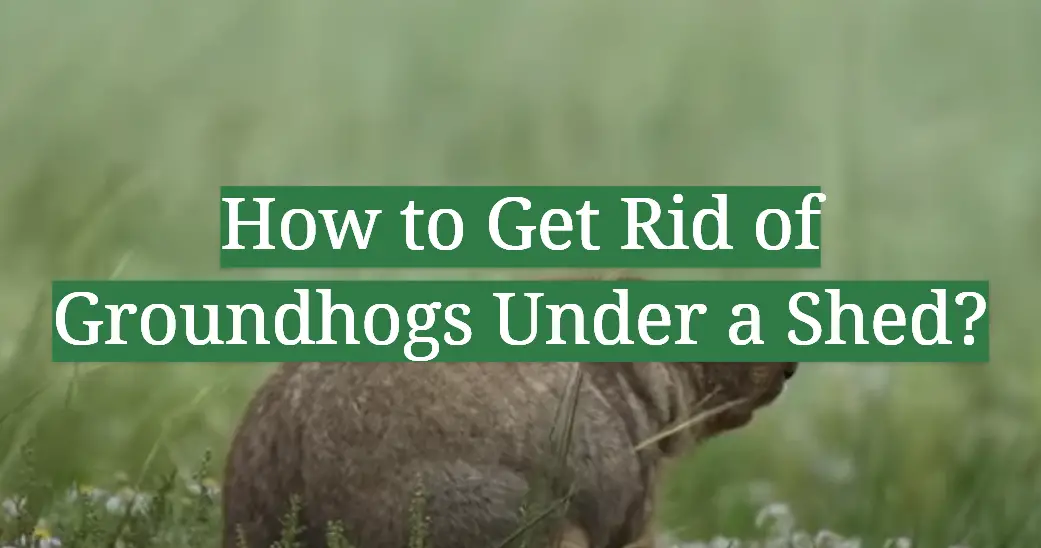
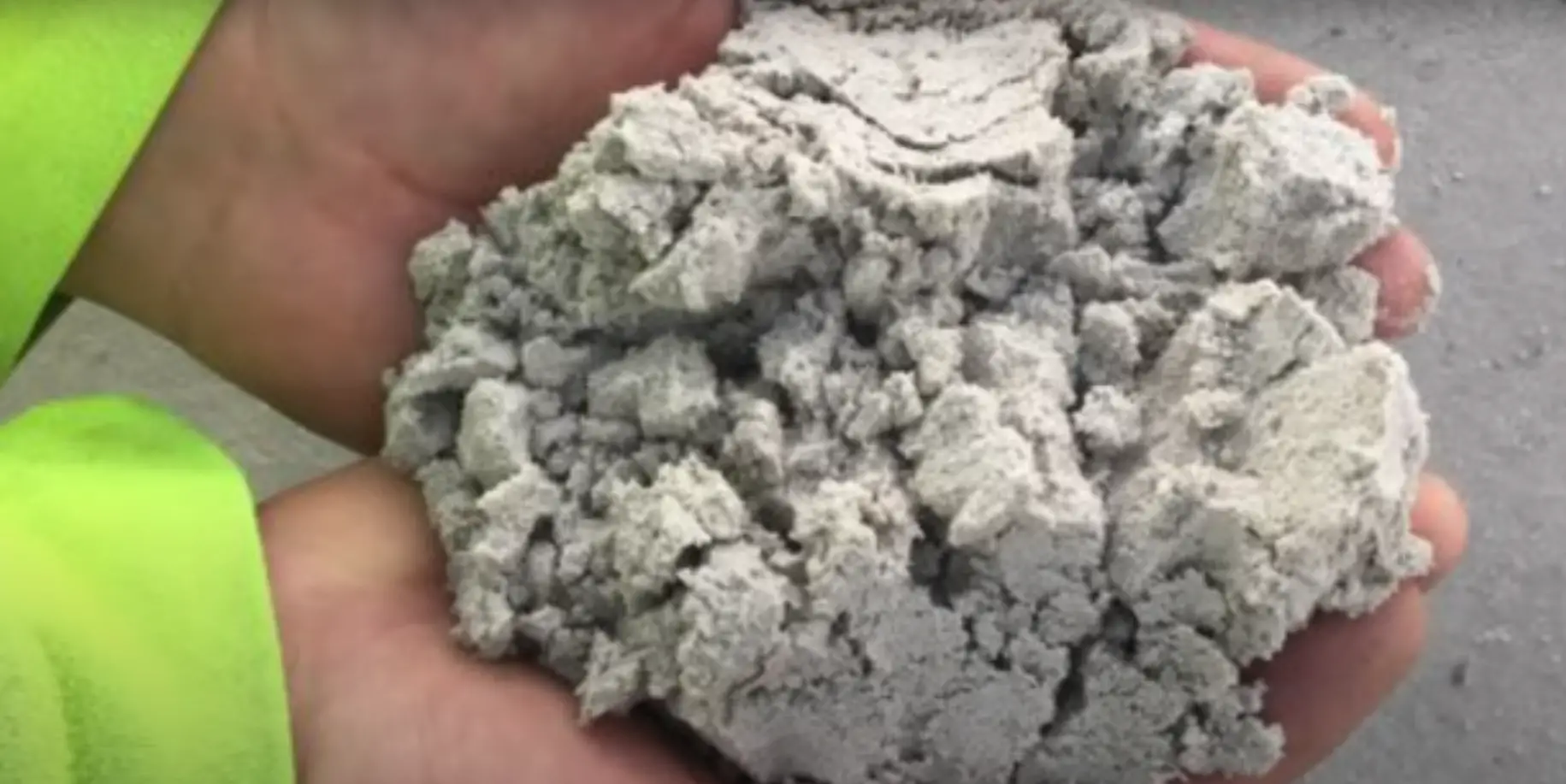
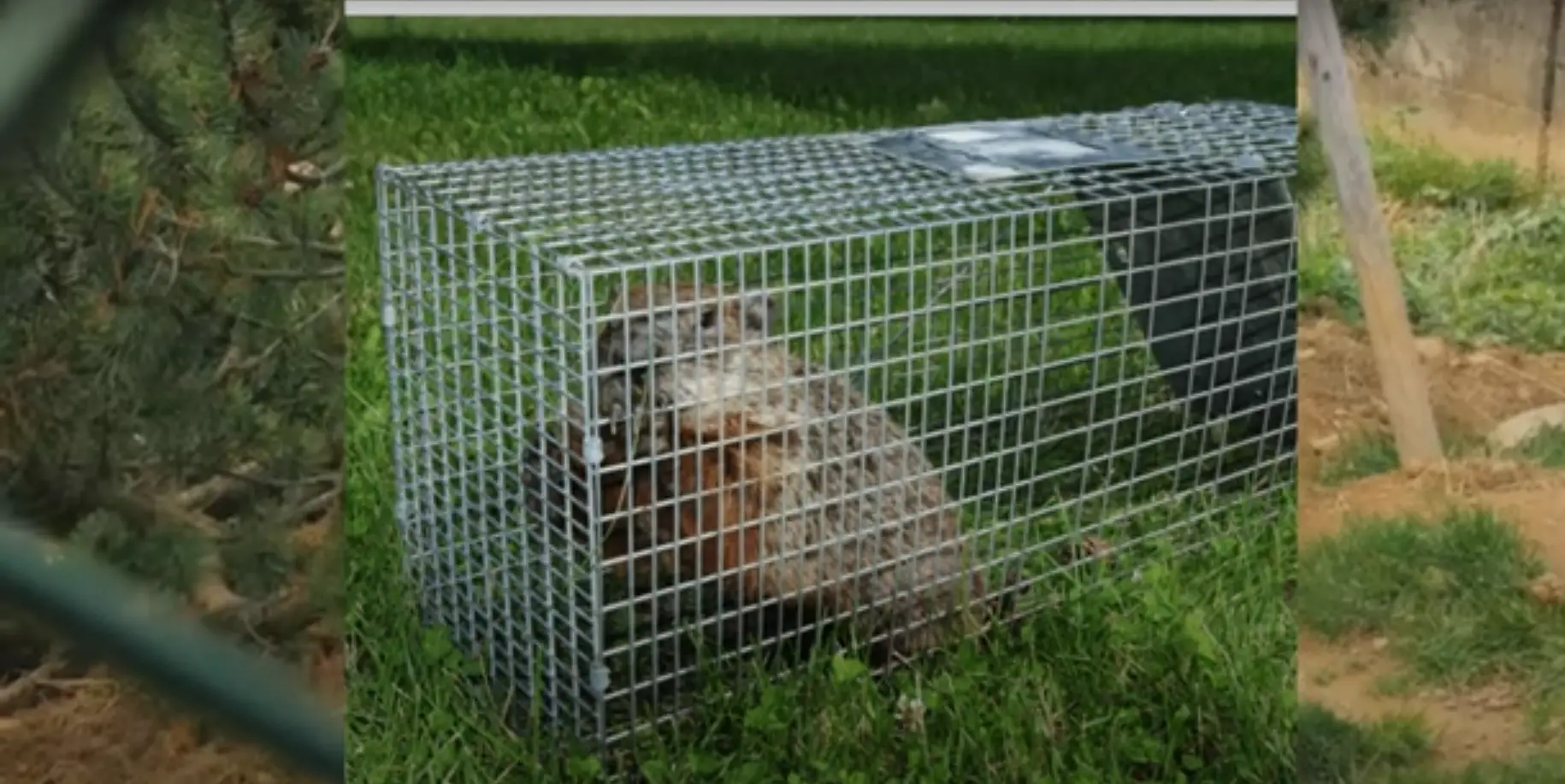


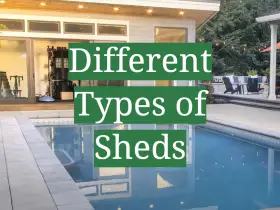

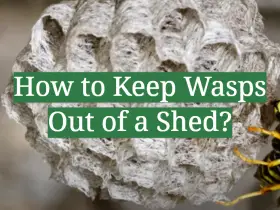
Leave a Reply
View Comments